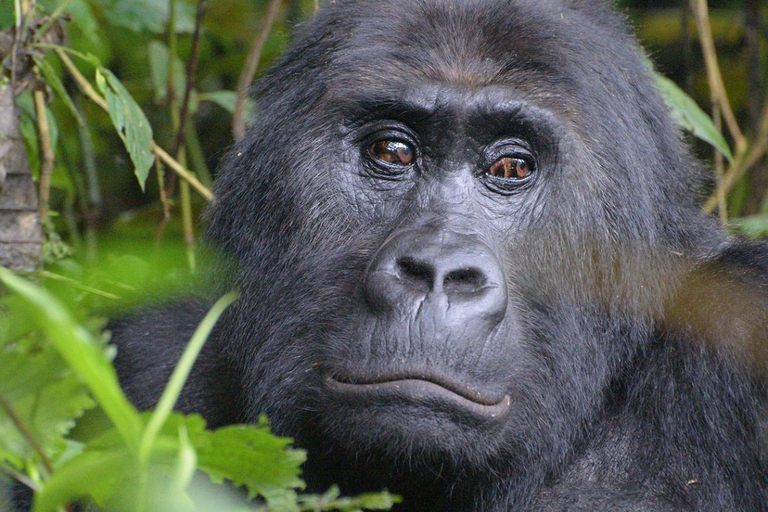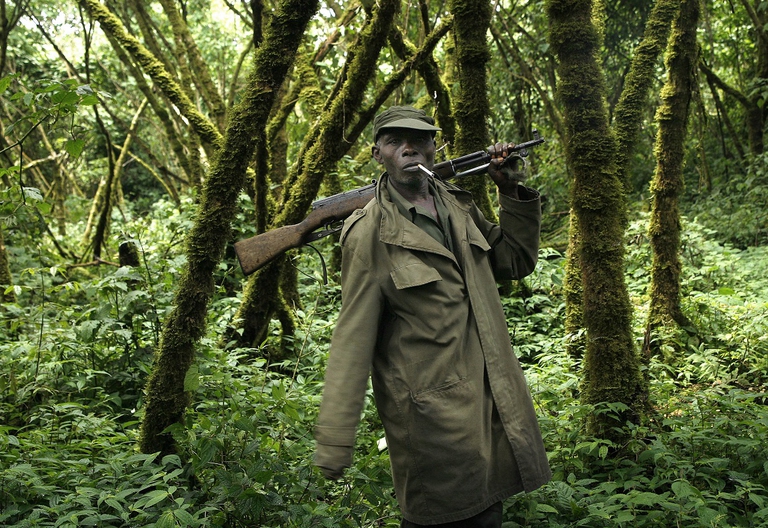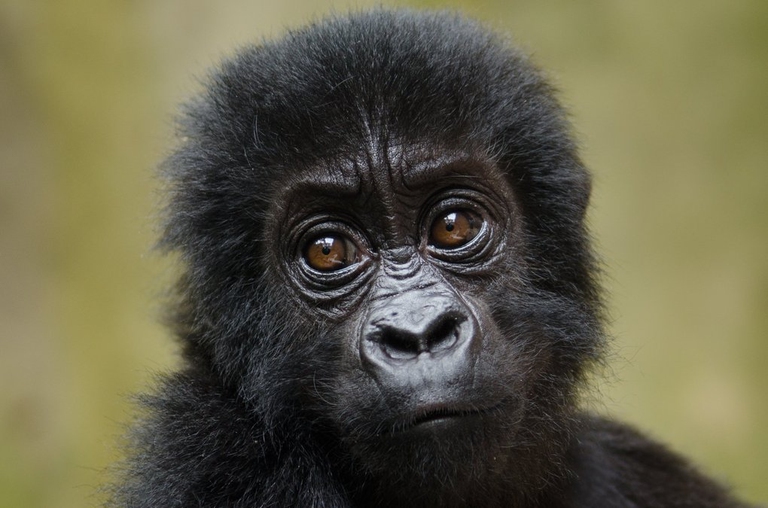
The Amazon became an alternative classroom during the pandemic. Now, the educational forest in Batraja, Bolivia, lives on to teach children and adults the value of nature.
A causa della caccia e della guerra civile in Congo questa specie è ora classificata “in pericolo critico” dalla Lista rossa della Iucn.
https://www.youtube.com/watch?v=Mz5gtlJeBJQ
The eastern lowland gorilla (Gorilla beringei graueri) is the biggest ape on Earth and one of our closest relative in the animal kingdom. The height and strength of these primates (a silverback can reach 180cm of height and 160kg of weight), however, won’t be enough to protect them from extinction. The latest report of the Wildlife Conservation Society shows that this subspecies of eastern gorilla, which roams only in the forests of the Democratic Republic of the Congo, could become extinct within just a few years if proper measures aren’t taken.
Over only 20 years – between 1995 and 2015 – the eastern lowland gorilla population has dropped by 77 per cent, decreasing from 17,000 individuals to only 3,800. The main causes of this dramatic decline are poaching, land clearing, and the ongoing bloody civil war in the Democratic Republic of the Congo.
The Red List of the International Union for Conservation of Nature and Natural Resources (IUCN) earlier classified the species as endangered. But it now lists it as critically endanger, only one step away from extinction. The conservation of primates is one of the main topics at the IUCN World Conservation Congress currently taking place in Honolulu, Hawaii, until the 10th of September. “To see the eastern gorilla – one of our closest cousins – slide towards extinction is truly distressing,” said Inger Andersen, IUCN director general. “It is our responsibility to enhance our efforts to turn the tide and protect the future of our planet.”
The eastern lowland gorilla is, unfortunately, not alone. Four of the six species of great apes are threatened with extinction: the eastern gorilla (Gorilla beringei), the western gorilla (Gorilla gorilla), the Bornean orangutan (Pongo pygmaeus), and the Sumatran orangutan (Pongo abelii). Bad news not only comes for primates, though. Of the over 82,000 animal species assessed by the IUCN, almost 30 per cent are close to being wiped out forever due to human-related activities.
Siamo anche su WhatsApp. Segui il canale ufficiale LifeGate per restare aggiornata, aggiornato sulle ultime notizie e sulle nostre attività.
![]()
Quest'opera è distribuita con Licenza Creative Commons Attribuzione - Non commerciale - Non opere derivate 4.0 Internazionale.
The Amazon became an alternative classroom during the pandemic. Now, the educational forest in Batraja, Bolivia, lives on to teach children and adults the value of nature.
Our species took its first steps in a world covered in trees. Today, forests offer us sustenance, shelter, and clean the air that we breathe.
Bangladesh suffered widespread damage as a result of Cyclone Amphan. Yet the Sundarbans mangrove forest acted as a natural barrier protecting the country from further destruction, as it has done countless times before.
On top of a 2.4 million dollar compensation, the indigenous Ashaninka people will receive an official apology from the companies who deforested their lands in the 1980s.
The tapir was reintroduced into Brazil’s Atlantic Forest, the country’s most at-risk ecosystem. The species can play a key role in the forest’s recovery.
Forests are home to 80 per cent of the world’s terrestrial biodiversity. This year’s International Day of Forests highlights the urgent changes needed to save them.
After a legal battle that lasted two years, Indonesia’s Supreme Court has revoked the permit to mine for coal in the forests of South Kalimantan in Borneo.
The list of human and animal victims of the Australia wildfires keeps growing – one species might already have gone extinct – as the smoke even reaches South America.
Areas where the FARC guerrilla used to hold power in Colombia have faced record deforestation. Farmers cut down trees, burn land and plant grass for cows. Because, “what else can we do for a living here in the Colombian Amazon”? An intimate report from the heart of the felled forest in Caquetá.










